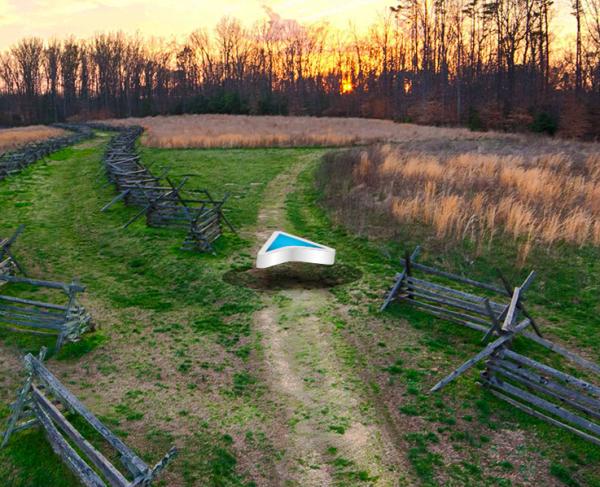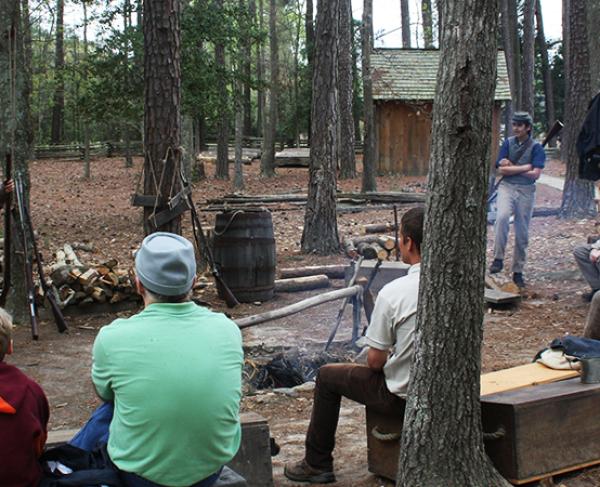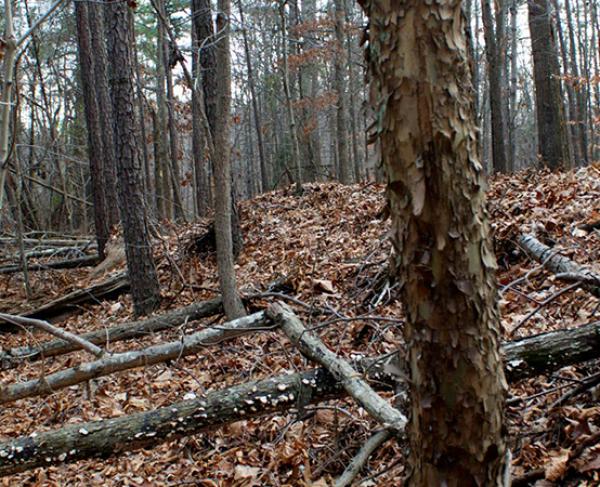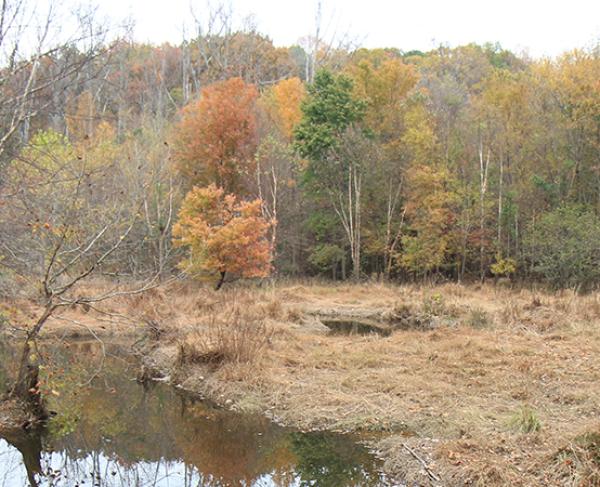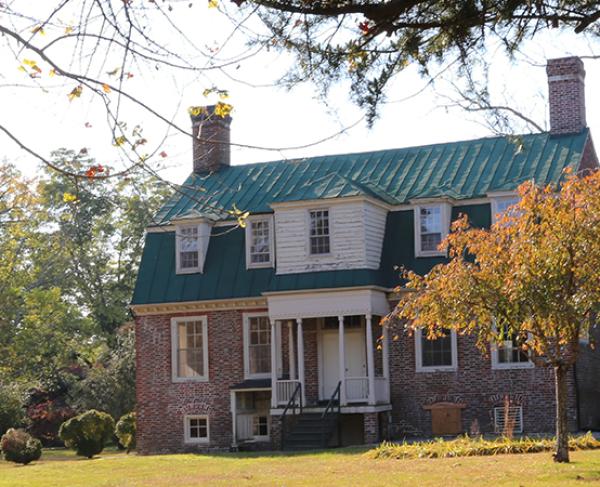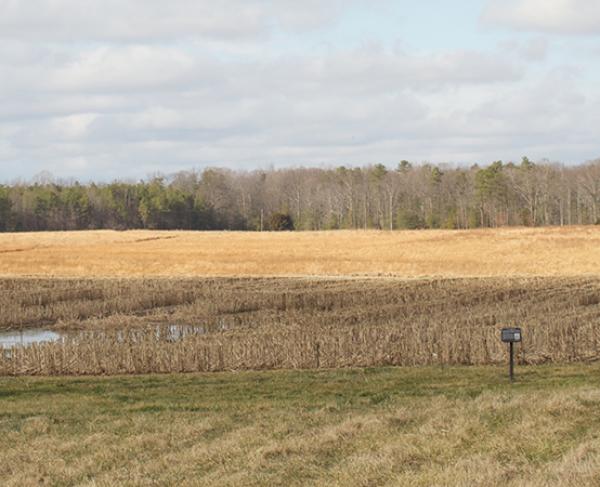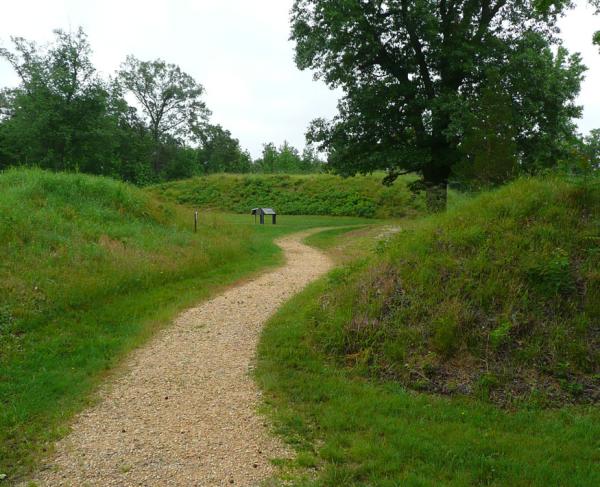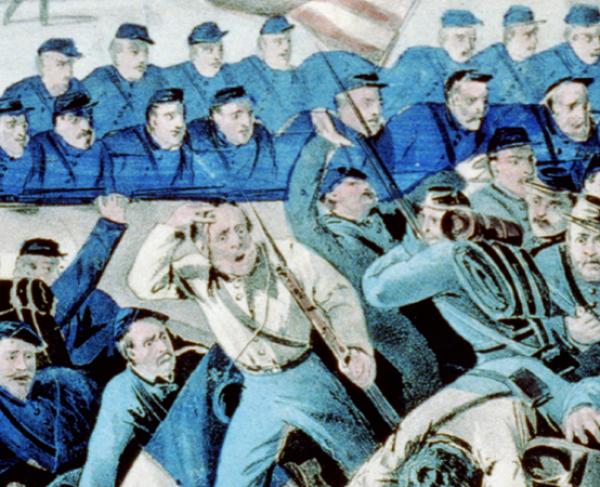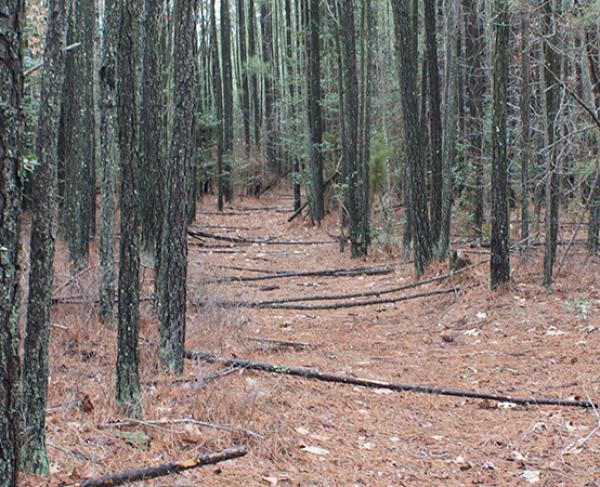Tour Civil War Richmond and Petersburg in One Day
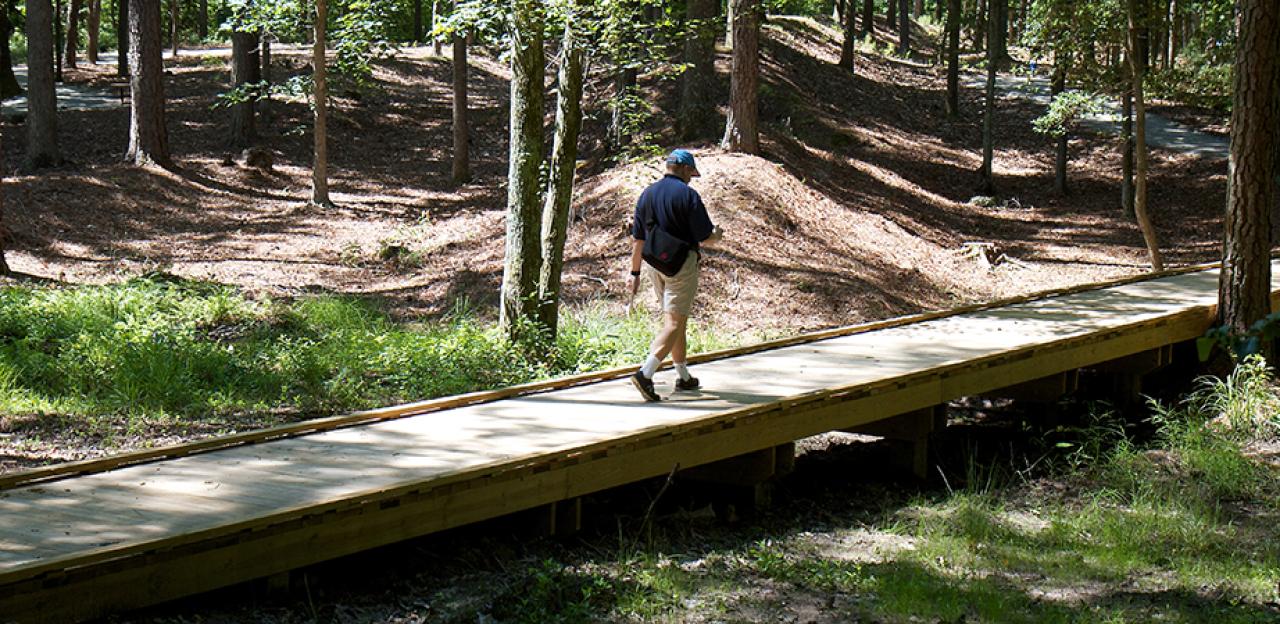
The cities of Richmond and Petersburg were vital to the survival of the Confederacy. Known as the "Cockade City," Petersburg was a vital rail and supply center situated 23 miles south of Richmond. For 292 days. from June of 1864 to April of 1865, Federal forces besieged the city, the longest such siege in United States Army history. The city fell to Union forces on April 3, 1865.
Following the secession of Virginia from the Union, the capital of the Confederacy was transferred from Montgomery, Alabama, to Richmond, Virginia. Besides being home to the Confederate government, Richmond also played host to Confederate hospitals, Tredegar Iron Works, and the notorious Union prisoner of war camps Libby Prison and Belle Isle. Although the city sat 105 miles from the Union capital of Washington D.C., Richmond did not fall into Union hands until April 3, 1865.
Before you go:
- Print or download the Tour Map.
- Watch the Overland Campaign Animated Map.
- Download the Malvern Hill Battle App for more detail and touring assistance.
- Download the Petersburg Battle App for more detail and touring assistance.
Tour Stop #1: Richmond National Battlefield
Time: 4 hours
Details: www.nps.gov/rich/index
Richmond National Battlefield comprises 13 different sites, spanning multiple years of the Civil War. Richmond's Civil War sites range from hospitals to iron works.
What to do:
Start at the National Park Service Visitor Center.
- Find out what Ranger Programs are scheduled.
- See the exhibits and watch the introductory film if you have time.
Tour the battlefield. You have several options:
- Follow the NPS Auto Tour Route and get out and explore each stop.
- Purchase a touring CD from the bookstore.
- Use the Civil War Trust's free Malvern Hill Battle App on your smart phone.
- Hike one of the many battlefield trails.
Don't miss:
- Cold Harbor Battlefield. For two weeks, May 31-June 12, 1864, the armies of Robert E. Lee and Ulysses S. Grant tangled in a complicated series of actions. A determined Confederate defense turned away a massive Federal attack on June 3rd. A small visitor facility (with restrooms) will help orient you.
- Gaines' Mill – On June 27, 1862, Union and Confederate soldiers fought the bloodiest battle of the Seven Days actions. In one day, 15,000 men fell killed, wounded, or missing.
- Glendale National Cemetery – Nearly 1,200 Federal soldiers from the battles for Richmond are buried here. Many of the soldiers interred here died in the battles on June 30 and July 1, 1862.
- Malvern Hill – On July 1, 1862, a large portion of the Confederate army made poorly coordinated attacks up the slope of Malvern Hill into the face of a strong Union defensive line. The power of Federal artillery, coupled with the natural strength of the hill, contributed to the Confederate defeat in the final battle of the Seven Days Campaign.
- Drewry's Bluff – Constructed between March and May 1862, Fort Drewry stood as a vital bastion blocking the progress of the U.S. Navy up the James River toward Richmond. A decisive battle on May 15, 1862, permanently ended the Union naval threat to the capital city when defenders defeated the USS Monitor and four other warships.
If you have time:
- Visit the Chimborazo Medical Museum – Chimborazo became one of the Civil War's largest military hospitals. When completed it contained more than 100 wards, a bakery, and even a brewery. Although the hospital no longer exists, a museum on the same grounds contains original medical instruments and personal artifacts.
- Do what strikes your fancy. Richmond National Battlefield is a very diverse park, on which you could spend hundreds of hours and never do the same thing twice. Explore what interests you!
Insider tip: Tredegar Iron Works produced almost 1,100 cannons, roughly one-half of all guns made in the south during the war. It was second only to the Parrott foundry in Cold Spring, New York, in production for the entire United States.
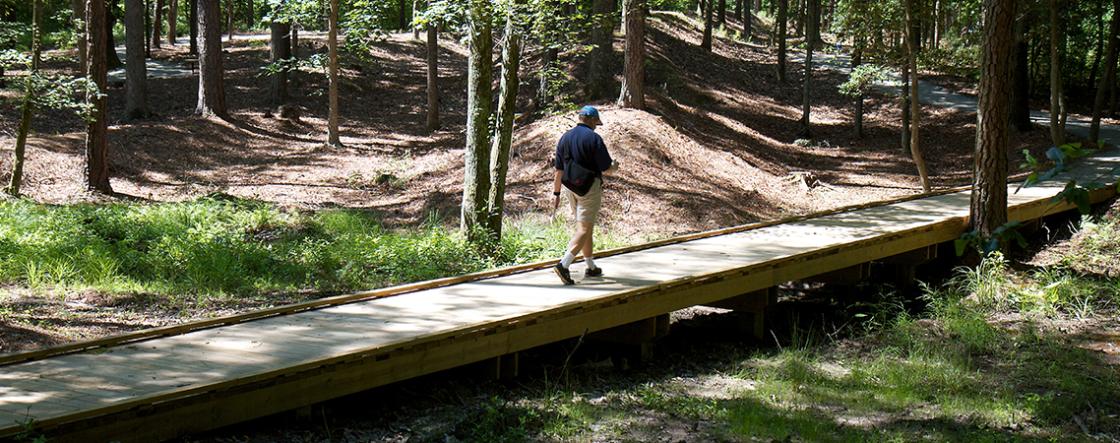
Tour Stop #2: Petersburg National Battlefield
Time: 4 hours
Details: https://www.nps.gov/pete/planyourvisit/basicinfo.htm
Union forces attacked the Petersburg defenses on June 15, 1864, and were initially successful in driving the Confederate defenders back from their first line of entrenchments. However, Lee rushed in reinforcements and the Confederates were able to repulse further Union attacks, resulting in heavy Federal casualties. By now the Confederate works were heavily manned and the greatest opportunity to capture Petersburg without a siege was lost.
What to do:
Start at the National Park Service Visitor Center.
- Pay the entry fee.
- Find out what Ranger Programs are scheduled.
- See the exhibits and watch the introductory film if you have time.
Tour the battlefield. You have several options:
- Follow the NPS Auto Tour Route and get out and explore each stop.
- Purchase a touring CD from the bookstore.
- Use the Civil War Trust's free Petersburg Battle App on your smart phone.
Don't miss:
- The Dictator – This massive 17,000-pound seacoast mortar was used by Union forces during the siege of Petersburg. The gun standing today is a replica from the same era and is located near the Eastern Front Visitor Center.
- The Crater – After the initial campaign for Petersburg ended on June 18, 1864. Federal forces attempted to explode a mine under the Confederate defenses around Petersburg. On July 30, Union forces detonated the mine, but ended up charging into the crater instead of going around it, resulting in a massacre.
- City Point – During the siege of Petersburg, General Ulysses S. Grant's headquarters were located at Appomattox Manor, at City Point. The plantation owned by Dr. Richard Eppes, was the nerve center for the Federal armies, as well as a key supply base for the Union armies around Petersburg.
- Poplar Grove National Cemetery – 6,718 Federal soldiers from the Petersburg Campaign are buried here. As is the case with many national cemeteries established after the war, only 2,139 bodies were positively identified.
If you have time:
- Visit Pamplin Park. Located on the site of the April 2, 1865, battle that ended the Petersburg Campaign and led to the evacuation of the Confederate capital at Richmond. Pamplin Park offers more than 400 acres of museums, historic homes, battlefield trails, and a Civil War Adventure Camp, where citizens of the 21st Century can experience life as a Civil War soldier.
- Do what strikes your fancy. Petersburg National Battlefield is a vast park on which you could spend hundreds of hours and never do the same thing twice. Explore what interests you!
Insider tip: In the postwar years, the Crater was integrated into a golf course and used as a sand trap.
Related Battles
8,150
3,236
400
1,300
12,737
4,595
4,150
1,750
6,800
8,700
2,100
5,600
731
1,593
3,797
3,673
